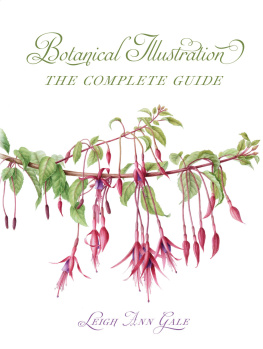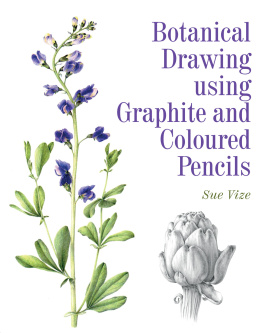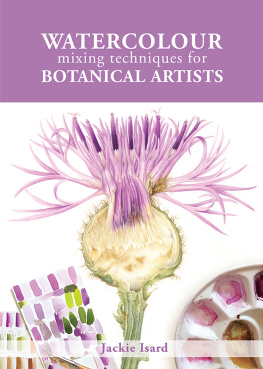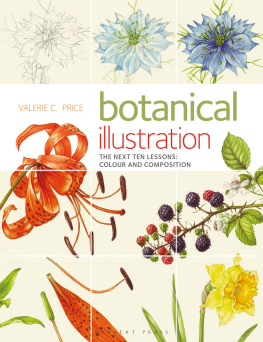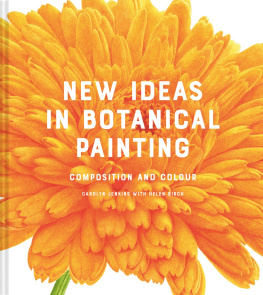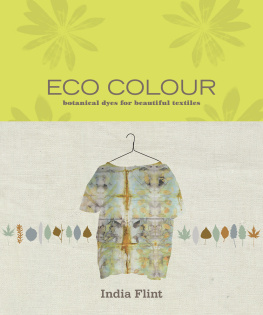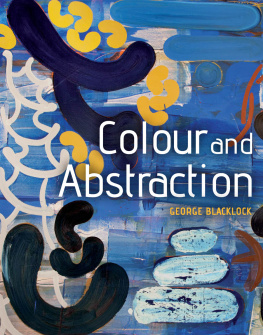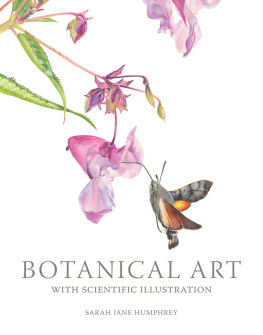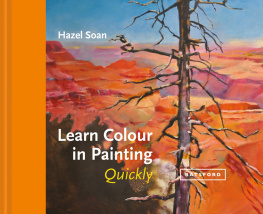Page List
COLOUR
for BOTANICAL ARTISTS
and ILLUSTRATORS

Pulmonaria saccharata Mrs Moon. (Leigh Ann Gale)
Leigh Ann Gale
COLOUR
for BOTANICAL ARTISTS
and ILLUSTRATORS

First published in 2021 by
The Crowood Press Ltd
Ramsbury, Marlborough
Wiltshire SN8 2HR
www.crowood.com
This e-book first published in 2021
Leigh Ann Gale 2021
All rights reserved. This e-book is copyright material and must not be copied, reproduced, transferred, distributed, leased, licensed or publicly performed or used in any way except as specifically permitted in writing by the publishers, as allowed under the terms and conditions under which it was purchased or as strictly permitted by applicable copyright law. Any unauthorised distribution or use of this text may be a direct infringement of the authors and publishers rights, and those responsible may be liable in law accordingly.
British Library Cataloguing-in-Publication Data
A catalogue record for this book is available from the British Library.
ISBN 978 1 78500 940 2
Cover design: Sergey Tsvetkov
DEDICATION
This book is dedicated to my husband Rupert for his unending love, support and encouragement in all that I do.
Preface
C olour is all around us in our everyday lives. Unless we specifically choose a set of colours for a particular purpose such as an interior decorating scheme, maybe an outfit to wear or a planting scheme in a garden, for example it is something that most of us tend to take for granted and experience passively. Throughout mans existence, colour has always been a powerful means of communication, from the earliest cave paintings produced thousands of years ago to the modern-day use of colour psychology in advertising campaigns. There is always a message to be relayed whenever colour is experienced.

Rosehip of Rosa rugosa.
Having pursued an early career in the visual arts as a graphic designer, I witnessed how the use of colour can be at the forefront of visual communication, and now, as a botanical artist, I am fascinated by the way in which plants use colour to communicate and by how best I can use colour in my own painting.
The role of colour within the plant kingdom is primarily for communication with pollinators for the purposes of reproduction, but colour also plays a significant role in helping plants to survive and evolve. Plants are static. They must rely on being able to adapt themselves to their growing environments, and using colour is one way they can do this. For example, some plants use variegation in their foliage, which maximizes the amount of light they receive to ensure healthy growth. Some grow special silvery hairs on their foliage and stems to reflect bright light and retain moisture when conditions are too dry. The simple process of being able to produce the green pigment chlorophyll, when combined with light, is something that most plants do so that enough food can be produced to sustain long-lasting growth. Plants can and do use colour in the most innovative ways.
The purpose of botanical illustrations is also to communicate when it is essential that floral species are recorded accurately for the purposes of identification and a major part of this can be done by using colour. Artists who produce their botanical artworks in colour need to fully equip themselves with a comprehensive understanding of colour science, but they also need to know how to use colour knowledgeably in a practical way. Colour matching to specimens, mixing coloured pigments, painting techniques, and so on, are all necessary skills to be used effectively and creatively in botanical painting.
This book sets out to provide botanical painters of all abilities with a toolkit of facts, theory and practical knowledge about colour, all of which are essential for producing well-informed, accurate botanical paintings. It addresses the role of colour in a botanical context entirely: from understanding why and how colour is used in the plant kingdom and identifying colour palettes within botanical specimens, to selecting appropriate watercolour pigments to mix and practical exercises to complete. The chapters within this book, I hope, will provide you with a full and useful reference about colour for botanical art and illustration.
Introduction
L earning about colour is usually introduced into mainstream education during the early years when basic colour mixing is taught. Children may explore and enjoy painting at a young age and the science of colour may be introduced in later school years. Some young people will expand on this font of basic knowledge and continue into careers in the art and design industries, but for many this will be the extent to which they learn about colour during their lifetime.
For those who come to botanical painting later in life, it is often this foundation of colour knowledge from school that is called upon. Some can recall the colours of the spectrum and how to make secondary colours from primary colours which is of great benefit but this can sometimes be where their practical knowledge ends. Artists who are to produce accurate and aesthetically pleasing botanical paintings will require a deeper and much more extensive understanding of colour, which will prove to be a major attribute at every stage in the process of botanical art and illustration.
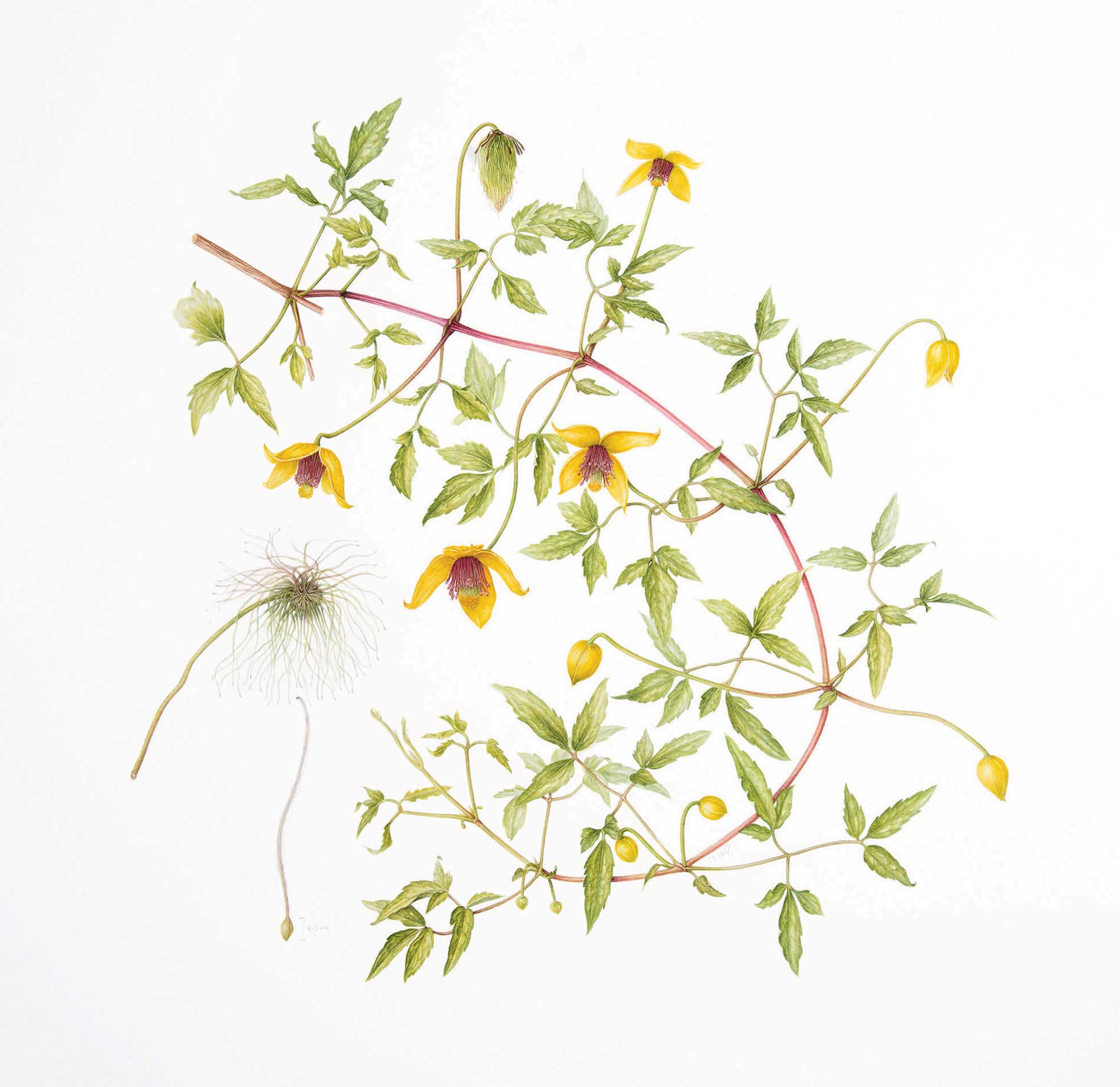
Clematis tangutica. (Leigh Ann Gale)
As a botanical illustration tutor, I often witness the sheer delight and amazement that my students experience when they notice for the first time that the many different colours they may see in a botanical specimen are, in fact, purely mixes of, say, just three or four colours. It is only then that they realize they wont need to use every colour in their watercolour palette to mix the colours they can see. To me, this represents an almost passive extension of the basic colour theory lessons my students learned in school, when they start to notice, explore and analyse colours in much greater detail. These discoveries are also proof that accurate observations of colour in plant specimens are such an important and necessary part of the illustration process, even before any painting can take place. in this book, therefore, explores the vast topic of colour in the plant kingdom, and analyses exactly why and how plants are coloured the way they are.
For those artists who have little or no recollection of lessons about colour in school, it is useful to learn some of the fundamentals of colour science. Most have seen beautiful rainbows in the sky, but just what causes those spectrum colours to appear? Basic colour theory is addressed in , which asks What is Colour? how do we see it and perceive it, and how do we use it in our everyday lives? In an artistic context, too, explanation is given about subtractive colour mixing (the physical mixing of coloured pigments), the attributes of the artists colour wheel, and how colours harmonize.


